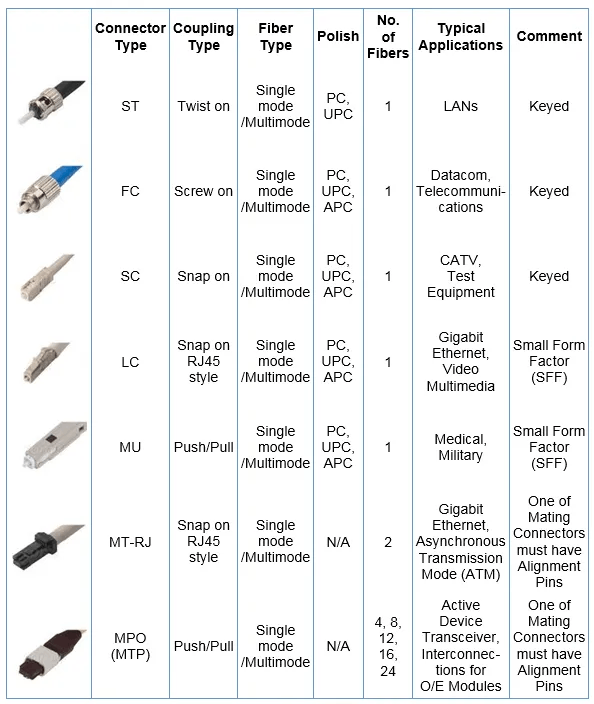Method of Joining and Fusion of Fiber Optic Cable
What is Fiber Optics Cable?
Fiber optics cable transforms the information at a light pulse. We can transfer voice, data, and video through the fiber optics cable. The fiber optics cable consists of a glass core and glass core coated with Kevlar membranes to provide strength to the fiber optics cable. This cable can be connected with the necessary physical connection.
Operating Principle
The fiber optics cable has optical fiber. This optical fiber carries the light and allows the information to transfer in the form of light. These fibers consist of a core and a protective layer, and due to the phenomenon of total internal reflection, the data can be transmitted in the form of light through the fiber optics cable. Every fiber optics cable has an individual coated fiber, and every individual coated fiber has the resin buffer layer and core tube. Sometimes we may use dark and light-absorbing material only to prevent the cross-talk between the wires. This method prevents data leakage from the fiber. Several protective layers, when added with a glass core, then a fiber optics cable can be formed.
Connectors
The following table gives sufficient information about the connectors:

Joining Fiber Optics Cable
There are two methods available for the joining of the fiber optics cable. These two methods are mechanical splicing and fusion splicing. Here, the permanent connection between two fiber optic cables is known as splicing. Typically we can choose one splicing over another splicing due to economics. The fusion splicing is lower per connection, whereas the initial investment has higher per connection. Mechanical splicing is a type of alignment device. It is specially designed to hold the two fiber ends so that the light can pass from one end to another end. During the joining process of optical fiber, the main thing is the core of the cable is perfectly aligned with each other. During the alignment, the amount of light lost some data. If we do not align the cable properly, then part of some light gets lost during the transmission process.
Four leading causes of optical loss
- Poor core alignment: The poor alignment of the fiber optics cable occurred due to the optical connector loss.
- Axial run out: An optical loss of a connector occurred due to the improper cutting of the optics cable during the joining of the two wires. To avoid this axial run out, we have to increase the angle of cutting during the joining of the two wires.
- Gap: The gap between the optical fiber also causes the optical loss of the connectors. For example, if the connection between the face and the optical fibers is not correctly aligned, then the loss of connection results due to the air gap between the fibers. The end of the gap between optical fibers results in 0.6dB due to the change in the refractive index of cable and wire.
- Reflection: The end of the optical fiber should be well polished so that we can minimize data loss during the transmission. A rough surface can emit more light during the transmission of the data since the fiber optics cable is very small, so that an unpolished surface can emit more scattering of light. Cleaning the end of the optical line is very important for merging two cables.
Fusion Splicing
Fusion splicing involves joining two optical fibers end-to-end using some source of heat.
The result is fusing the two fibers so that light passing through the fibers is not scattered or reflected by the splice and so that the splice and the region surrounding it are almost as strong as the virgin fiber itself.
This produces a continuous connection between the fibers enabling deficient loss of light transmission. The heat source is usually an electric arc, but it can also be a laser, gas flame, or a tungsten filament through which current is passed.
Fusion splicing is the most widely used method, providing the lowest loss and negligible reflectance and the most robust and reliable joint between two fibers.